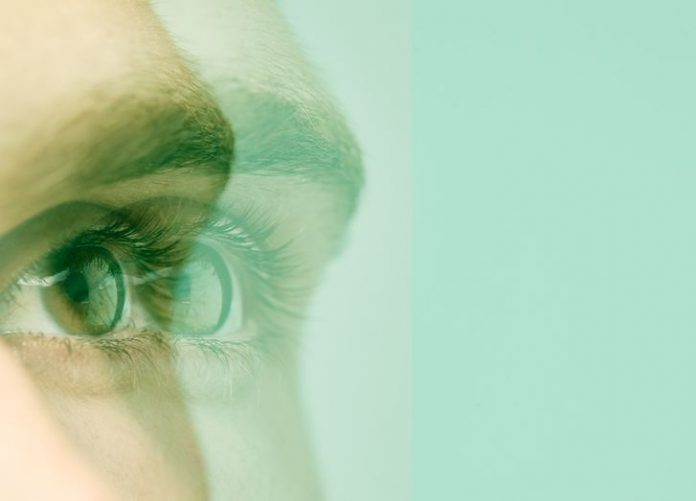Most people’s biggest fear with age is losing vision. Not being able to read or see the faces of your family is so terrifying to some that they fear it more than dying.
With many baby boomers now aged over 60 some are starting to experience one of the leading causes of blindness in the U.S. and Europe – Macular Degeneration.
Age Related Macular Degeneration (ARMD) is a degenerative condition of the retina at the back of the eye. The central or macular part of the retina becomes worn and damaged.
As this area is responsible for your sharp vision needs like reading and driving, macular damage is potentially devastating.
ARMD usually produces a slow painless loss of vision, but some sufferers experience more rapid changes.
The main sign of ARMD is fuzzy or distorted vision when you look directly at things.
In 2004, top U.S. eye researchers estimated that 1.75 million Americans had significant symptoms of ARMD and they estimate that by 2020 this number will be almost three million.
There are two types of ARMD: Dry ARMD and Wet or Neovascular ARMD.
Dry ARMD is the most common and least severe form of the disease affecting around 85% to 90% of sufferers.
As dry ARMD progresses tiny lumps of yellowish debris called “Drusen” begin to form under the central retina which becomes thinned and pigmented.
This gradually breaks down the smooth functioning of the central vision.
The good news for those affected is that the vision changes occur very slowly and many keep most of their vision.
Generally, those affected do not go “black” blind but they may have poor vision for everyday tasks like reading and driving. The bad news is that once the central part of the retina is damaged it is gone forever.
Wet ARMD is the worst type and is responsible for most of the cases of severe vision loss. In this form new fragile blood vessels growing under the retina begin to leak.
This leakage causes retinal swelling and severe macular scarring. Without quick action there is rapid loss of central vision, a debilitating loss.
With around 200,000 new cases of wet ARMD in the U.S. each year you have a lot to worry about as you get older.
What causes ARMD?
As ARMD can run in families, there must be some genetic links, but the exact cause of ARMD is still not fully understood.
Although it occurs in all races it is more common in whites and particularly females.
Recent studies suggest that even though there is a normal aging “wear and tear” component to ARMD, the recent large increase in cases may be due to modern dietary problems.
What treatment is available?
There is no outright cure for ARMD but some treatments can slow the progress of the disease and help maintain better quality longer for some people.
Some forms of wet ARMD respond to a treatment called Photodynamic Therapy. A drug called Visudyne can help seal up leaky subretinal blood vessels when activated by a special cold laser.
This reduces the swelling and slows down macular scarring helping delay the more rapid vision loss.
There is no current active treatment for dry ARMD but it was discovered that two dietary antioxidants were important for macular function.
In 2001, a special study called the AREND study was released.
This showed that giving the antioxidants Lutein and Zeaxanthin to ARMD patients helped slow the progress of the disease in around one third of cases. These important antioxidants are found in many fruits and vegetables.
What can you do to minimize your risk of Age Related Macular Degeneration?
Eat a low fat diet.
Eat lots of green and yellow colored vegetables such as spinach, broccoli and corn.
Avoid junk food.
Have regular eye examinations, especially if you have a family history of macular degeneration.
Protect your eyes from potentially harmful Ultraviolet light.
Above all – Don’t smoke!
If you are aged over 60 and start to get a blurry patch in the middle of your vision, or straight lines start to look bent or distorted, then you need to see your eye care practitioner urgently!

